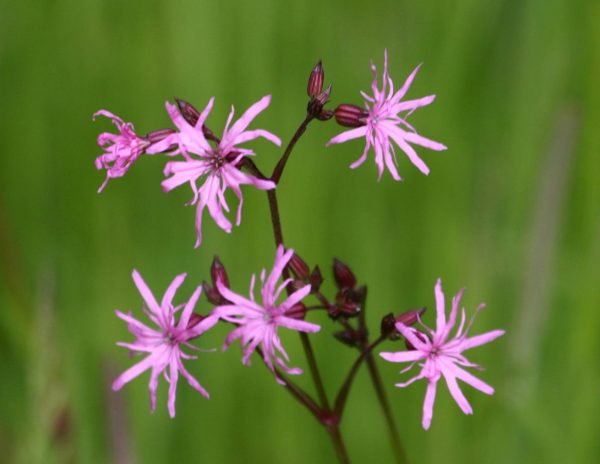Here is an ongoing list of useful links to the websites of organisations, individual web pages and to both public and “in-house” reference documents. They are relevant to actual work carried out by our group and members’ suggestions for additions are welcome.
Bees
For a fascinating, detailed and beautifully illustrated view of the “Wonderful World of Bees”, visit buzzaboutbees.net. If you would like to try a short quiz based on information given in the pages of the website, click here.
Here are three more related links:
Make your garden bee-friendly About bumblebees Bees learn fast
Inns (Invasive non-native species)
Himalayan Balsam (on the RHS website)
Snowberry (at wildflowerfinder.org.uk)
Poisonous plants
Hemlock

Hemlock (Conium maculatum)
(1) identification (2) removal* *Californian “Weed Workers’ handbook”
Ivy (Hedera helix)
During Green Gym sessions, we sometimes remove ivy from trees. But how necessary is it to do so? See what the Royal Horticultural Society says, here.
What to do about ivy on walls and monuments? Remove it and risk damage to stone or leave well alone? There is a churchyard case study here.
Common Ragwort (Jacobaea vulgaris, aka Senecio jacobaea)

Great tit eating Cinnabar Moth caterpillars on ragwort. ©Martin Bennett
Ragwort is a valuable source of nectar and pollen to many insects, and a food plant for some caterpillars, but can be dangerous to livestock.
There is a brief description of the plant, associated risks, and non-chemical control here. For fuller information, with a study of ragwort facts and myths, see here.
Trees
British trees, on the Woodland Trust website: “Everything you need to know about British trees. From identification, folklore and history to pests and diseases that threaten them.”
Fitzalan Wood, Chipping Norton (created by Green Gym in 2014-15):
Tree species planted in the Wood 2015-2021.
List of U.K. trees in English and Latin: by common name by botanical name
Ash dieback : scientific name Chalara fraxinea, or now, more correctly, Hymenoscyphus fraxineus. The following illustrated description dates from 2013, a year after this disease arrived in Britain, and states that it more commonly affects mature ash trees. This is not the experience on our affected worksites. What is ash dieback?
Wildflowers
Chipping Norton Green Gym has worked on tree planting and garden and orchard development and maintenance, covering flowers, fruit and vegetables. At several sites where we work, we are increasing biodiversity and enhancing amenity value by sowing and planting suitable native wildflowers to supplement existing species naturalised there.
Some of the wildflowers identified in Fitzalan Wood
Native species planted in Fitzalan Wood 2019-24 and at Pool Meadow in 2024.

Ragged robin (Silene or Lychnis flos-cuculi) has naturalised in Fitzalan Wood
